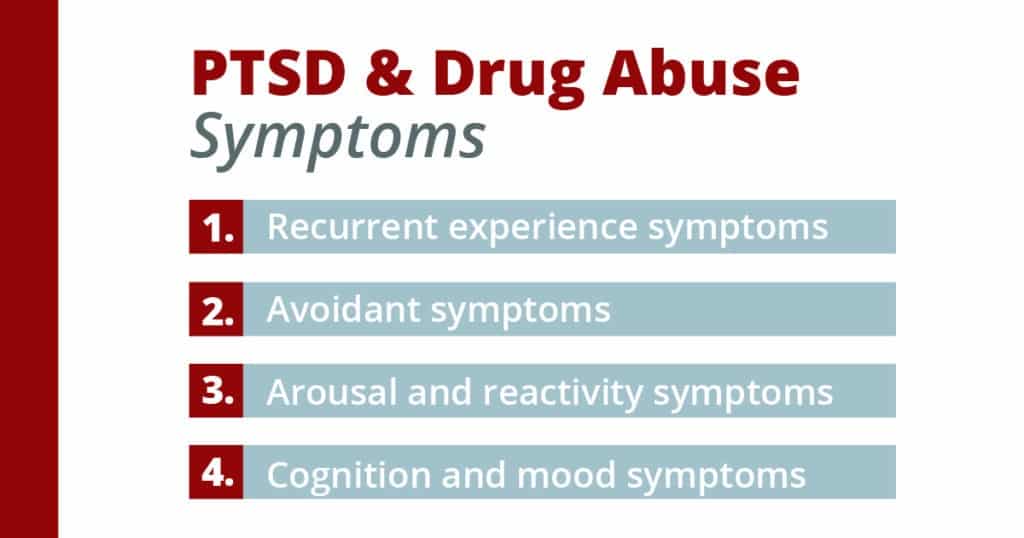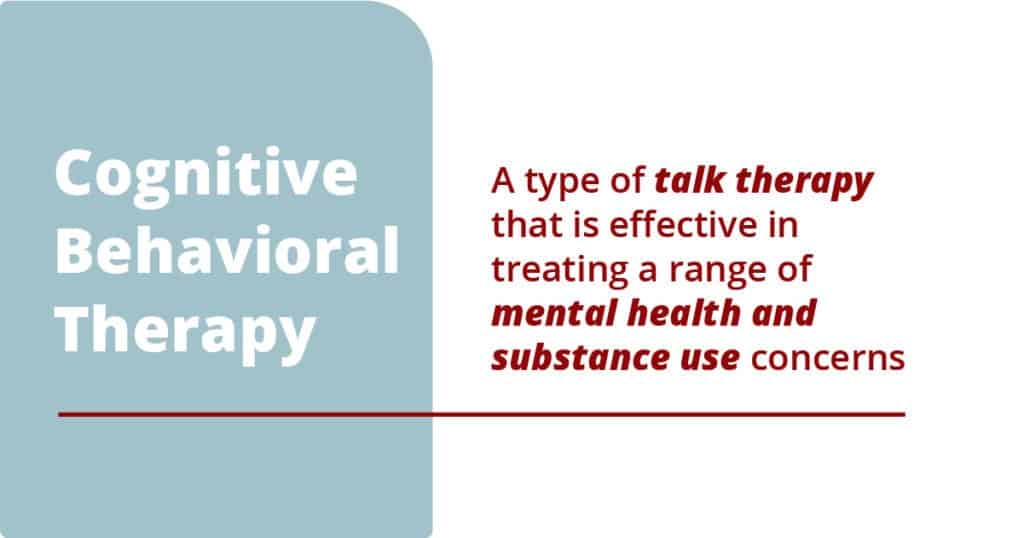According to American Addiction Centers, approximately 13.6 million American adults aged 26 and older have a substance use disorder. Of these, 12 to 34 percent have posttraumatic stress disorder (PTSD).
Traumatic experiences can leave psychological and physical damage, making you more likely to turn to mood-altering substances for relief from symptoms. By treating posttraumatic stress disorder and substance use disorders together, you can have a better chance of relapse-resistant, lasting recovery.
What Is Posttraumatic Stress Disorder?
Posttraumatic stress disorder is a stress-related disorder caused by traumatic events. People with PTSD can experience or witness traumatic events that are shocking, frightening, or dangerous to create the disorder. Serious accidents, natural disasters, combat, terrorism, rape, other violence, and threats of injury.
Although people associate PTSD with combat veterans, it can affect anyone who has witnessed or experienced trauma. An estimated 1 in 11 people in the US have an experience leading to post-traumatic stress disorder.
People with PTSD have disturbing thoughts and reactions to memories and triggers long after the traumatic event. They may avoid situations, sensations, and objects that remind them of the experience because of strong emotional and physical reactions.
Although a PTSD diagnosis requires exposure to a traumatic event, it does not have to be first-hand. “Vicarious trauma“ can occur after learning about the death of a loved one, for example, or after exposure to details, images, and information about trauma.

Symptoms of PTSD and Related Drug Abuse
There are four main categories of symptoms that people with PTSD often experience:
- Recurrent experience symptoms
- Avoidant symptoms
- Arousal and reactivity symptoms
- Cognition and mood symptoms
To receive a clinical PTSD diagnosis under the DSM-5, the person must have at least one recurrent symptom, one avoidant symptom, two arousal or reactivity symptoms, and two cognition or mood symptoms for at least one month.
Recurrent Symptoms
Re-experiencing symptoms include flashbacks, which lead the person to relive trauma over and over. They include physical symptoms like a racing heart or sweating palms. Frightening or intrusive thoughts and nightmares are considered re-experiencing symptoms.
These symptoms affect daily life. They can stem from the person’s own thoughts as well as objects, people, or situations that trigger them.
Avoidance Symptoms
Symptoms of avoidance can include staying away from events, places, objects, and people that remind the person of the traumatic event. They include avoiding thoughts or memories related to the experience. The person may also not want to talk about the experience.
To avoid these triggers, the person may alter their routine and stop going to places or doing things they once enjoyed.
Arousal and Reactivity Symptoms
Arousal and reactivity symptoms do not need triggers because they are always present in the behavior of the person with PTSD. These features include being easily startled, having difficulty sleeping, showing angry outbursts, and feeling tense.
Arousal and reactivity symptoms can intrude on a person’s life, making it difficult to concentrate, sleep, and even eat.
Cognition and Mood Symptoms
Cognition and mood symptoms include negative thoughts about the world and themselves as well as trouble remembering key features of the trauma. With distorted feelings of guilt or shame and a loss of interest in activities, these symptoms can isolate people who feel detached from the world and people around them.
If these symptoms last more than one month with impact on daily life, they are clinically significant for diagnostic symptoms of PTSD.
PTSD and Substance Abuse
Roughly 50 percent of people with PTSD have a co-occurring substance abuse disorder. People who suffer from PTSD sometimes turn to drugs or alcohol to dampen feelings, making substance abuse part of an avoidant profile.
Although alcohol and drug abuse seem to help alleviate symptoms, it actually causes more damage to brain chemistry already affected by PTSD. As people use substances to avoid symptoms of withdrawal, PTSD symptoms also tend to worsen.
Substance abuse does not cause PTSD, but it can increase the risk of developing the disorder because it leads the person to engage in risky behavior, exposing them to dangerous situations.
Drugs and alcohol abuse extend the avoidance process and lead the person to continue to delay the moment when they reach out for treatment. It worsens symptoms of depression, anxiety, and other trauma symptoms. Even if the substance use has not become a dependence, the symptoms it helps alleviate can return more powerfully once the effects of the substance wear off.
Another negative impact of drug and alcohol abuse on people with PTSD is that self-medication hinders recovery. A large part of recovering from PTSD is having the person engage with their memories and the thoughts and feelings they may have suppressed. One outcome of the substance abuse is the disruption of thinking and memories, numbing emotions and making it more difficult for the person to process the trauma.
It can also hinder treatment interventions such as exposure therapy and make prescription psychiatric medications less effective.
Treatment Options for PTSD and Substance Abuse
Co-occurring disorders like PTSD and substance abuse are treatable, but the process requires professional mental health and addiction treatment such as through a center partnered with the U.S. Department of Veterans Affairs. The earlier the person reaches out for help with comorbid PTSD, the greater the chances of recovery from the drug use and disorder are.
One of the most effective treatments for addiction and occurring PTSD is inpatient recovery before outpatient programs and extended cognitive behavioral therapy (CBT) or prolonged exposure therapy. Throughout they offer detox, coping skills, and clinical help with substance dependence, withdrawal symptoms, and relapse prevention.
While prescription medicine with benzodiazepines and naltrexone can help initiate treatment, several therapies can work helpfully alongside them.
Cognitive Behavioral Therapy
With terrific treatment outcomes, CBT is a type of talk therapy that is effective in treating a range of mental health concerns, including cravings, depression, anxiety disorders, drug and alcohol abuse disorders, eating disorders, and PTSD.
CBT focuses on changing the automatic negative thinking patterns that can affect mood and make mental health concerns worse. It will help the person identify negative thoughts that can lead to increased risk behaviors like substance abuse and teach them to apply new skills to manage PTSD symptoms.
Another aspect of CBT that serves all populations and military veterans is setting goals that are:
- Specific
- Measurable
- Attainable
- Relevant
- Time-based
When setting SMART goals during drug addiction treatment, the process of achieving them is just as important as the outcome.
CBT encourages people struggling with addiction and PTSD to learn how to identify and solve problems while reducing their negative impact. The process begins by identifying the problem, creating a list of possible solutions, evaluating the pros and cons of each solution, choosing the solution, and implementing the solution.
Another crucial aspect of cognitive behavioral therapy is self-monitoring. The person will need to track behaviors, symptoms, and dissociative experiences over time. Diary work is especially helpful. Not only does this help the person recognize behavior patterns, but it can also help the therapist find the right treatment strategies.

Dialectical Behavioral Therapy
Dialectical behavior therapy is a modified version of CBT used most often for borderline personality disorder but which has proven effective for PTSD treatment in healthcare settings.
Dialectical behavioral therapy allows the person to acknowledge their present self while recognizing the need to change patterns of behavior, such as hyperarousal. It teaches the person distress tolerance, how to regulate emotions, how to engage with other people, and more.
Dialectical behavioral therapy can happen individually or in a group setting in the treatment of mental disorders.
Cognitive Therapy
Cognitive therapy is another type of CBT. It focuses on helping the person remove psychological distress and assists patients seeking safety from the prevalence of negative experiences. In treatment centers, cognitive therapy has the goal to positively affect thinking without worrying immediately about future behaviors.
Cognitive Processing Therapy
This is a type of CBT that focuses on mental health concerns that spring from trauma. It can help with thought processes linked to PTSD. There are different phases to this treatment option often found in effective substance abuse treatment.
The first phase is psychoeducation. This is when the person receives the information they need to know about their addiction and PTSD. The second stage encourages the person to understand and process trauma. The therapist might ask the person to write down their thought process about the trauma, how it affected their life, and even to describe the trauma.
The final phase is about modifying or changing beliefs. The therapist will help the person realize that having thoughts and reactions to trauma is normal, but that there has to be a balance. Trauma does not have to define their entire life, and neither does alcohol use disorder or other patterns addressed by this psychotherapy centered on trauma.
Managing PTSD and Substance Abuse
For people who are struggling with PTSD and addiction, turning to an addiction center like Indiana Center for Recovery can offer the assistance you need. At the center, you can receive a dual-diagnosis treatment that focuses on an integrated approach to both of these conditions.
You don’t have to struggle alone. Get the help you need for addiction and PTSD at Indiana Center for Recovery. With experts and a state-of-the-art facility to help you, you can take your first step towards a new life. Contact a compassionate specialist to talk about recovery.
